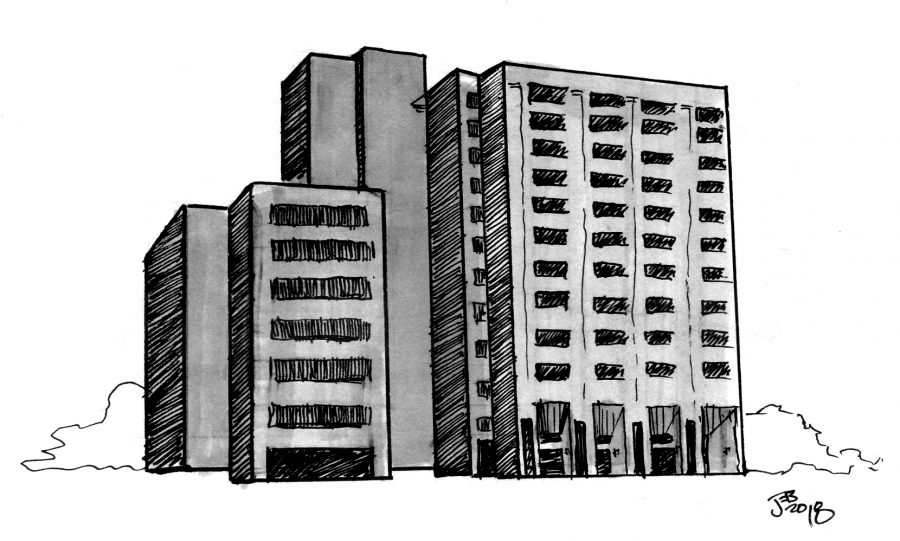Do a quick Google search for Robert Lee Moore, the man whose name has been on the physics, math and astronomy building at UT-Austin since 1973, and one of the first things you’ll learn is that he was a staunch segregationist who refused to teach black students. Numerous accounts from former students and colleagues tell of his hostility toward the black community, and a collection of old news clippings in his archives at the Briscoe Center reveal an obsession with claims of intellectual differences among the races.
Continuing to honor this man sends, at best, a message that we value his accomplishments as a mathematician and teacher more than we value equity and inclusivity, and at worst, it sends a message that we agree with his prejudices. This is unacceptable.
As of fall 2016, black students comprised an alarmingly low 4 percent of all students at UT, with the sciences suffering from extreme racial disparities. According to the American Physical Society, between 2013 and 2015, black students nationwide received less than 1 percent of astronomy Ph.D.s, less than 2 percent of physics Ph.D.s and less than 3 percent of math and statistics Ph.D.s.
If you’re not a student of color, or a person from other marginalized communities, it’s easy to dismiss these insidious messages that are given to marginalized students via institutional racism on campus daily. The experience of institutional racism, over time, creates a toxic environment on campus for students, faculty, staff and employees from marginalized backgrounds. When buildings like Robert Lee Moore Hall are named after a man who was openly racist, clearly contradicting what the university states as its current values, it sends implicit messages to marginalized students about who and what is truly valued by the university.
We understand that changing the name of a building won’t change the demographics of our fields or the toxic culture that perpetuates them. But it will show our uncompromising commitment to making all students feel welcome here.
To that end, a small group of us organized a town hall meeting last fall in the formerly named Physics, Math, and Astronomy building, or PMA, to announce a renaming campaign. More than 80 people attended in overwhelming support. Within weeks, we had more than 500 signatures on a petition. By Thanksgiving, we had a meeting with President Fenves’ chief of staff, Carlos Martinez. But little progress has been made with Fenves’ office, and from our most recent correspondence with Martinez, it is clear that the administration will not support our efforts.
“We recognize that the history conveyed by the names of some buildings and facilities do not always reflect our current values. However, after last year’s relocation of the Confederate statuary into our historic archives (where they are being preserved for scholarship), the university is not currently engaged in efforts to change or remove other historic names or monuments from the main campus, either building-by-building or collectively.”
Those hesitant to take action on this express concerns of slippery slopes and the erasure of history. There’s also the concern that changing the name of RLM could mean blowback from racist investors like those who rebelled against the removal of the Confederate statues last August. They worry about things that, to us, shouldn’t matter when it comes to protecting students of color on this campus.
Ultimately, the decision to rename the building the PMA is down to the Board of Regents, and we intend to present our case to them at their April meeting.
In the meantime, we’re taking matters into our own hands. At the start of this semester, our group, People for PMA, held a rally to announce a grassroots renaming campaign. From now on, we say PMA, not RLM. And to anyone else on this campus who no longer wants to honor a racist, we ask you to do the same.
As long as the official name of this building remains Robert Lee Moore Hall, it will stand as a symbol of the institutional racism that still pervades academia. And our refusal to use that name will signal our rejection of that racism and the complacency that allows it to persist.
We are the future of academia in this country. It’s our turn to define the culture. Let’s begin with the eradication of white supremacy and end with equal access, equal opportunity and equal representation.
Jacobs is a physics Ph.D. student. Gutierrez Mata is an astronomy senior.













